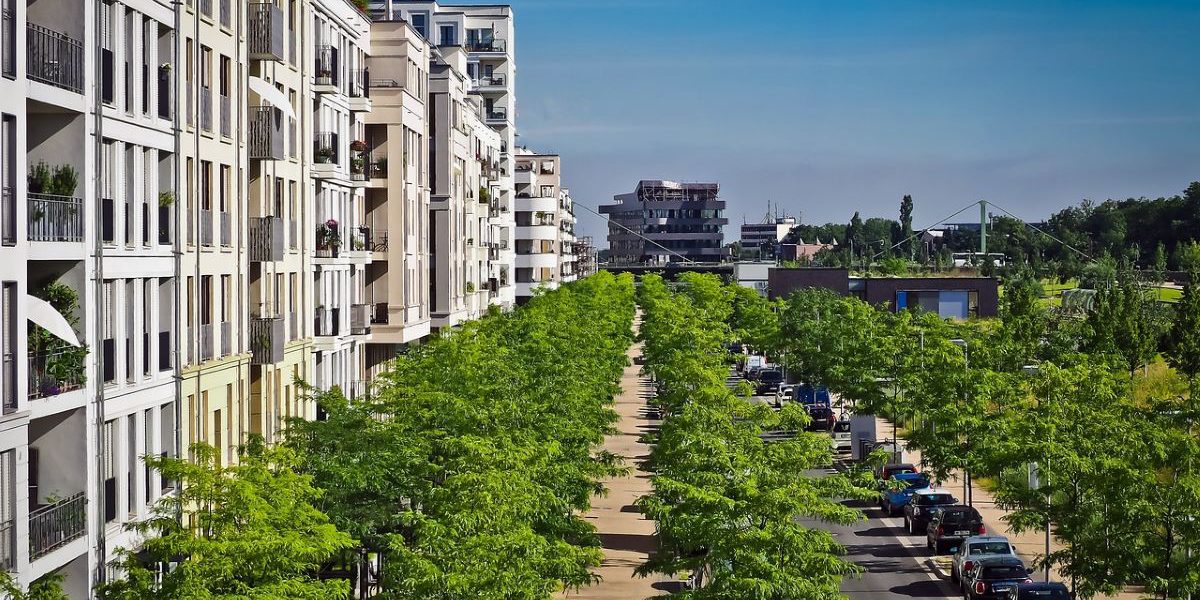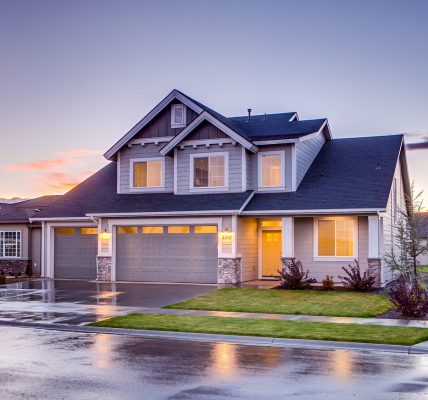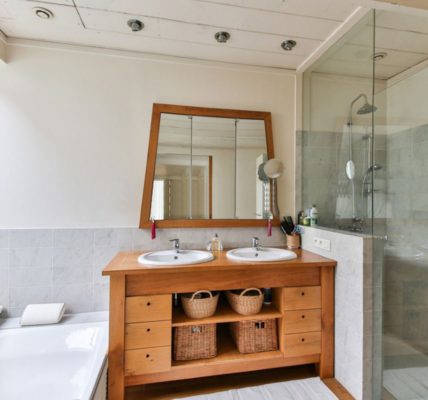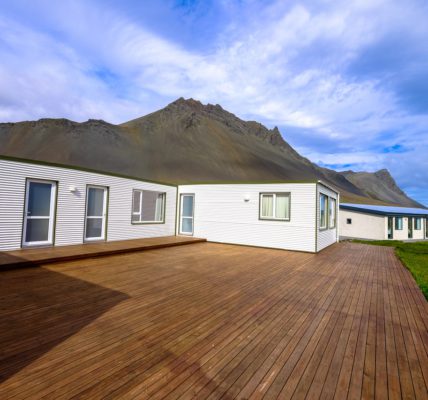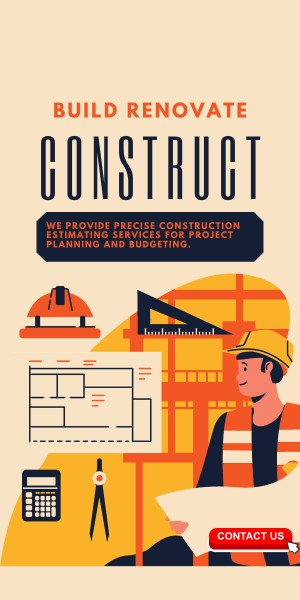In an era defined by environmental awareness and sustainability, architecture is emerging as a critical player in the quest for eco-conscious lifestyles. As our planet faces unprecedented challenges related to climate change, resource depletion, and urbanisation, the way we design and construct buildings has never been more crucial. Here, we will explore the pivotal role architecture plays in fostering eco-conscious living, from sustainable building materials to energy-efficient designs and the promotion of green spaces.
The Sustainable Building Blocks
Eco-conscious living begins at home, quite literally. The materials used in constructing our homes and buildings impact their environmental footprint. Traditional construction often relies on resource-intensive materials like concrete and steel, which contribute to carbon emissions. However, architects are increasingly turning to sustainable alternatives.
One such alternative is the use of recycled and reclaimed materials. Old shipping containers, discarded wood, and salvaged metal can find new life as components in eco-friendly buildings. Not only do these materials reduce waste, but they also cut down on the energy required for manufacturing new ones.
Sustainable architecture also emphasises the use of renewable materials like bamboo and engineered wood products. These materials are not only eco-friendly but also aesthetically pleasing, providing a warm and natural ambience to living spaces.
Energy-Efficient Design

Eco-conscious architecture goes beyond material choices; it encompasses the design of the building itself. Energy-efficient designs are at the forefront of sustainable architecture. Passive solar design, for example, maximises the use of natural sunlight and heat, reducing the need for artificial lighting and heating. South-facing windows, thermal mass, and well-insulated walls are key components of this approach.
Architects are increasingly integrating renewable energy systems into building designs. Solar panels, wind turbines, and geothermal heat pumps are now common features in eco-conscious buildings. These systems not only reduce the building’s carbon footprint but also lead to long-term cost savings for the occupants.
Smart building technologies also play a significant role in enhancing energy efficiency. Automated lighting, heating, and cooling systems can optimise energy use based on occupancy and environmental conditions. For instance, lights can automatically dim or turn off when a room is empty, or heating can adjust itself according to the weather outside.
The Greening of Urban Spaces
Sustainable architecture isn’t limited to the structures themselves; it extends to the surrounding environment. The integration of green spaces within urban designs is a key aspect of promoting eco-conscious living. Green roofs, vertical gardens, and urban parks are all becoming common features in modern cities.
Green roofs, for example, provide numerous benefits. They improve insulation, reducing the energy needed for heating and cooling. They also mitigate the urban heat island effect, where cities are significantly warmer than their rural surroundings. Additionally, green roofs help manage stormwater runoff, reducing the strain on drainage systems.
Vertical gardens, often referred to as “living walls,” are another innovative way to incorporate greenery into urban environments. These installations not only beautify the surroundings but also purify the air, absorbing pollutants and releasing oxygen.
Urban parks, when strategically placed, serve as recreational spaces that encourage outdoor activities and social interaction. They also contribute to the overall well-being of urban residents, providing a respite from the concrete jungle and connecting people with nature.
The Psychological Impact of Eco-Conscious Architecture
Beyond its environmental benefits, eco-conscious architecture has a profound psychological impact on its occupants. Studies have shown that people living in sustainable buildings report higher levels of comfort, satisfaction, and well-being. This is partly due to the improved indoor air quality and natural lighting that eco-conscious designs often provide.
Biophilic design principles, which emphasise the connection between humans and nature, are also gaining traction in eco-conscious architecture. This approach incorporates elements like large windows with views of nature, natural materials, and indoor plants. Such features not only enhance the aesthetics of a space but also promote mental and emotional well-being.
Eco-conscious buildings often incorporate sustainable practices beyond the construction phase. These include features like rainwater harvesting systems, composting facilities, and community gardens. Such amenities encourage residents to adopt more sustainable lifestyles, fostering a sense of collective responsibility for the environment.
Architectural Innovation for a Sustainable Future
In the realm of architectural innovation aimed at shaping a sustainable future, forward-thinking approaches are gaining ground. One noteworthy trend involves the development of net-zero energy buildings, which meticulously combine energy-efficient designs with renewable energy systems to achieve a balance where these structures generate as much energy as they consume. Net-zero buildings are exemplars of sustainable architecture, often featuring ingenious designs and resource-efficient features.
Architects are exploring biomimicry, drawing inspiration from nature’s ingenious solutions to design challenges. This approach has given rise to buildings that prioritise energy efficiency, structural resilience, and environmental sustainability.
This transformative approach to sustainable architecture goes beyond just the visible aspects of a building and encompasses the complete built environment, including features like a metal suspended ceiling and advanced suspended ceiling system, all contributing to the broader goal of minimising resource consumption and enhancing environmental stewardship.
As our world faces increasing environmental challenges, the importance of eco-conscious architecture cannot be overstated. It is a testament to human innovation and creativity, showcasing our ability to live harmoniously with nature while reducing our impact on the planet. Ultimately, architecture’s role in fostering eco-conscious lifestyles is a powerful force for positive change in an ever-evolving world.

